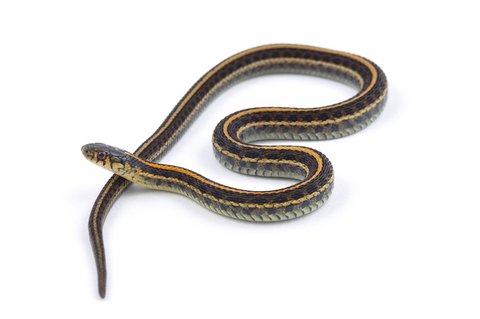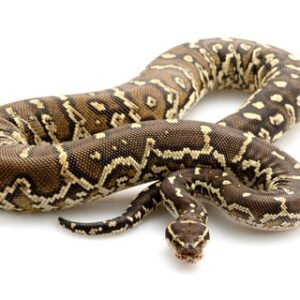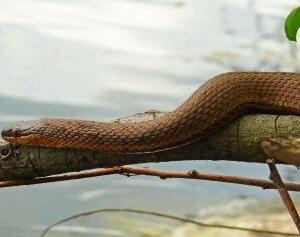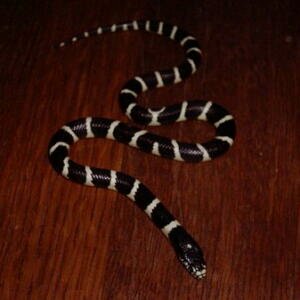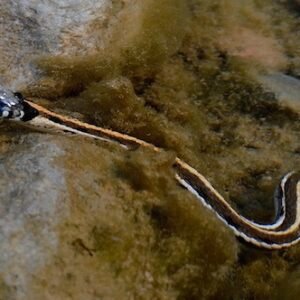Introduction to Garter Snakes
Garter snakes, belonging to the family Colubridae, are among the most commonly encountered reptiles in North America. This diverse group includes various species such as the Eastern garter snake (Thamnophis sirtalis), Western terrestrial garter snake (Thamnophis elegans), and the common garter snake, which can be found across a wide array of habitats. These snakes exhibit a remarkable adaptability that allows them to thrive in environments ranging from suburban gardens and wetlands to dense forests.
Physically, garter snakes are relatively slender, with an elongated body that can reach lengths of 18 to 54 inches, depending on the species. Their appearances are notable for vibrant colors and patterns, often characterized by stripes running parallel to the length of their bodies. These stripes may be yellow, orange, or white against a backdrop of green, brown, or black. The distinct coloration serves a dual purpose: providing camouflage among the vegetation and signaling to potential predators that they may be unpalatable or dangerous.
Habitat selection is crucial for the survival of garter snakes, as they prefer areas where they can find sufficient cover while hunting for prey. Their diet primarily consists of small amphibians, fish, and invertebrates, demonstrating their role as both predator and prey in the ecosystem. Notably, these snakes are often spotted near water sources, as they are proficient swimmers and commonly partake in aquatic foraging. The mixture of their physical characteristics and behavioral adaptations contributes to the fascinating world of garter snakes, allowing them to inhabit diverse environments while evading threats. Understanding these elements enriches the appreciation of how adaptable and resilient these creatures truly are in nature.
Behavior and Diet of Garter Snakes
Garter snakes, belonging to the genus Thamnophis, exhibit a variety of intriguing behaviors that contribute to their ecological role. Primarily diurnal, these snakes are often observed basking in the sun, taking advantage of warm temperatures to regulate their body heat. During the day, they actively search for food, making their hunting techniques a fascinating aspect of their behavior. Their diet predominantly consists of amphibians, small fish, and various insects, showcasing their adaptability and opportunistic feeding strategies. Occasionally, they may also consume small rodents and other manageable prey, illustrating their varied dietary preferences.
The hunting technique employed by garter snakes typically involves a stealthy approach, using their keen sense of sight to locate prey. Once the snake has identified a target, it strikes quickly, often immobilizing the prey with a swift constricting movement or simply swallowing it whole, depending on the size of the catch. Interestingly, garter snakes are known for their ability to tolerate certain toxins found in their amphibian prey, allowing them access to a food source that might be less accessible to other predators. This unique adaptation enhances their survival in diverse environments.
Another notable behavior among garter snakes is their social interaction during hibernation. These snakes often gather in large groups in suitable hibernacula, which provides mutual protection from the harsh winter conditions. During the breeding season, which occurs in the spring, garter snakes engage in compelling mating rituals. Males may often compete for access to females, and these encounters can create a visually striking scene as multiple males may entwine around a single female. Such reproductive strategies not only emphasize their social dynamics but also contribute to genetic diversity within populations, reinforcing the importance of these interactions in their ecological context.

